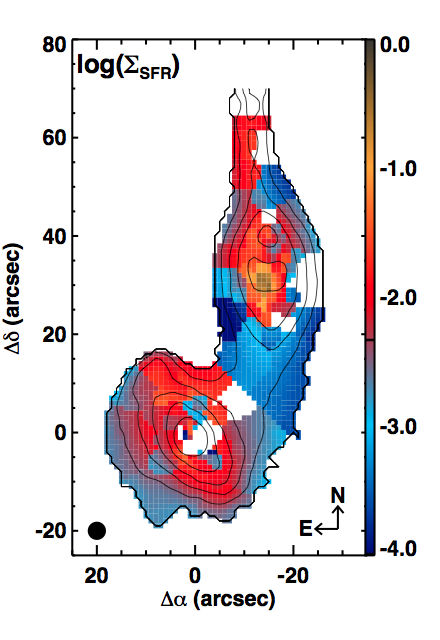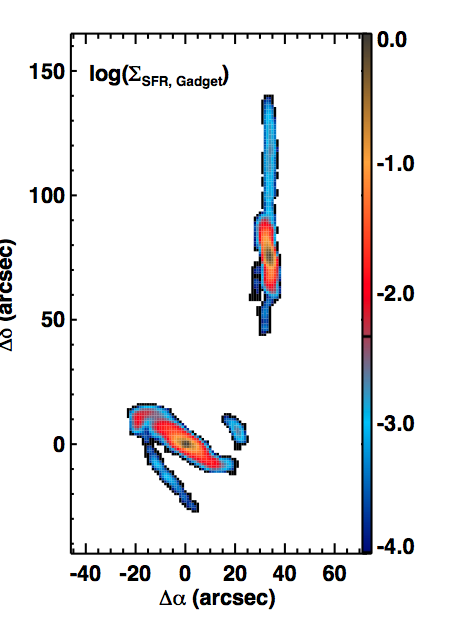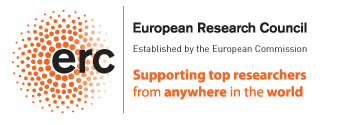Simulations
The complexity of physical processes that affect baryons (e.g., gas heating and cooling, star formation) has prevented the development of a sophisticated cosmological simulation, or even of a simple analytical framework, to describe comprehensively the growth of galaxies in the Universe. Notwithstanding the difficulties, the last few years have seen the development of galaxy evolution models which reproduce, more or less successfully, the basic observational properties of the galaxy population (e.g. the luminosity or stellar mass distribution, the trend between star formation rate and stellar mass, the decline in global star formation rate with cosmic time).
In the past, the difficulty for researchers outside of the immediate modelling community to discover the strengths and weaknesses of the models has led to a general scepticism of their usefulness. Providing access to the simulation output to all researchers has greatly improved the situation (e.g. the Millennium Run database for semi-analytical models, or the GALmer database for SPH merger simulations [Chilingarian et al. 2010]), however the resulting plethora of papers pointing out problems with the models, but suggesting no solutions, highlights the limitation of this approach.
To obtain meaningful results which increase our physical understanding of galaxies, simulations must be studied concurrently with observations through collaboration of observers and modellers. The goals of the SEDmorph project require the full integration of observations and simulations. We are therefore building a large suite of mock observations of merger simulations with which to compare the data using a Bayesian likelihood approach. When completed, we aim to make this library publicly available for all researchers to use.




